One-minute review
Sonus Faber is well known for its artisanal approach to making speakers, as well as it’s high-price, luxury hi-fi equipment.
The Italian company usually concerns itself with stereo speakers, from imposing floorstanders to compact bookshelf models – but its latest product, the Sonus Faber Omnia, breaks from tradition.
This all-in-one system brings simplicity and ease-of-use thanks to comprehensive wireless connectivity, with built-in support for the major streaming services, AirPlay, Chromecast, and Roon. This isn’t at the expense of wired connectivity, though, which is equally inclusive.
The Omnia looks as luxurious as you’d expect from a wireless speaker from Sonus Faber costing nearly $2,000 / £1,600 / AU$3,500, sporting a tactile lacquered wooden surface that lights up as you interact with it. We’ve seen for ourselves how these speakers are made, and we can tell you that plenty of care goes into selecting the wood and sanding it down by hand.
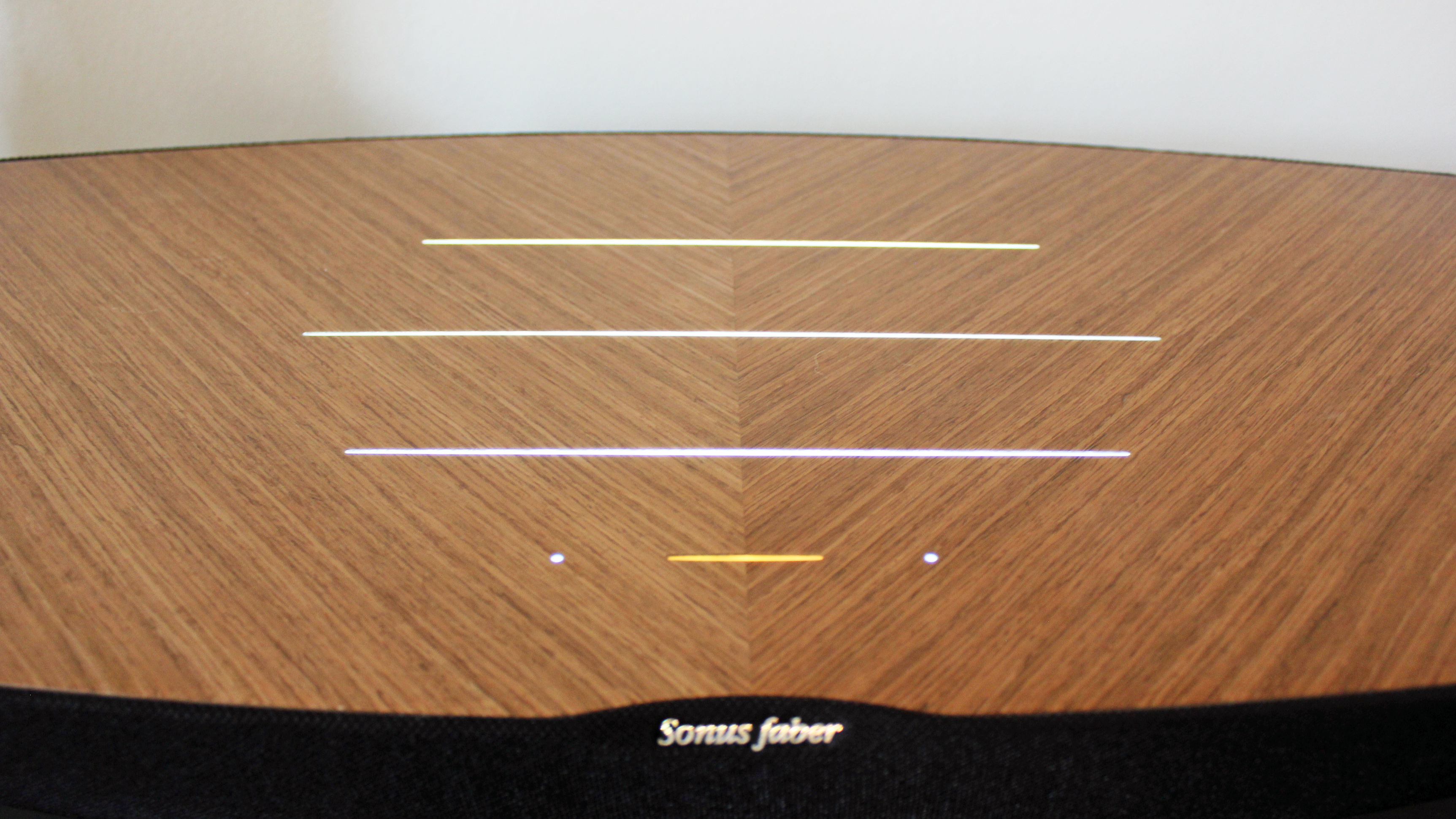
This isn’t a compact speaker by any means, but it looks sleek and sophisticated enough to blend into pretty much any home – as long as you have the space.
Sonically speaking, it’s exemplary, with a wide soundstage, excellent clarity, and a deep bass response. The Omnia may not sound as detailed as Sonus Faber’s larger stereo speakers, but it will still convey the minutiae of your favorite tracks with aplomb.
The high cost of this speaker makes it suitable only for those who are willing to make a substantial investment in their hi-fi system. But, if you’re the kind of audiophile who prefers not to mess around with cables, and would like all of your favorite streaming services available at the touch of the button, there are a few wireless speakers that sound as good as the Sonus Faber Omnia available.
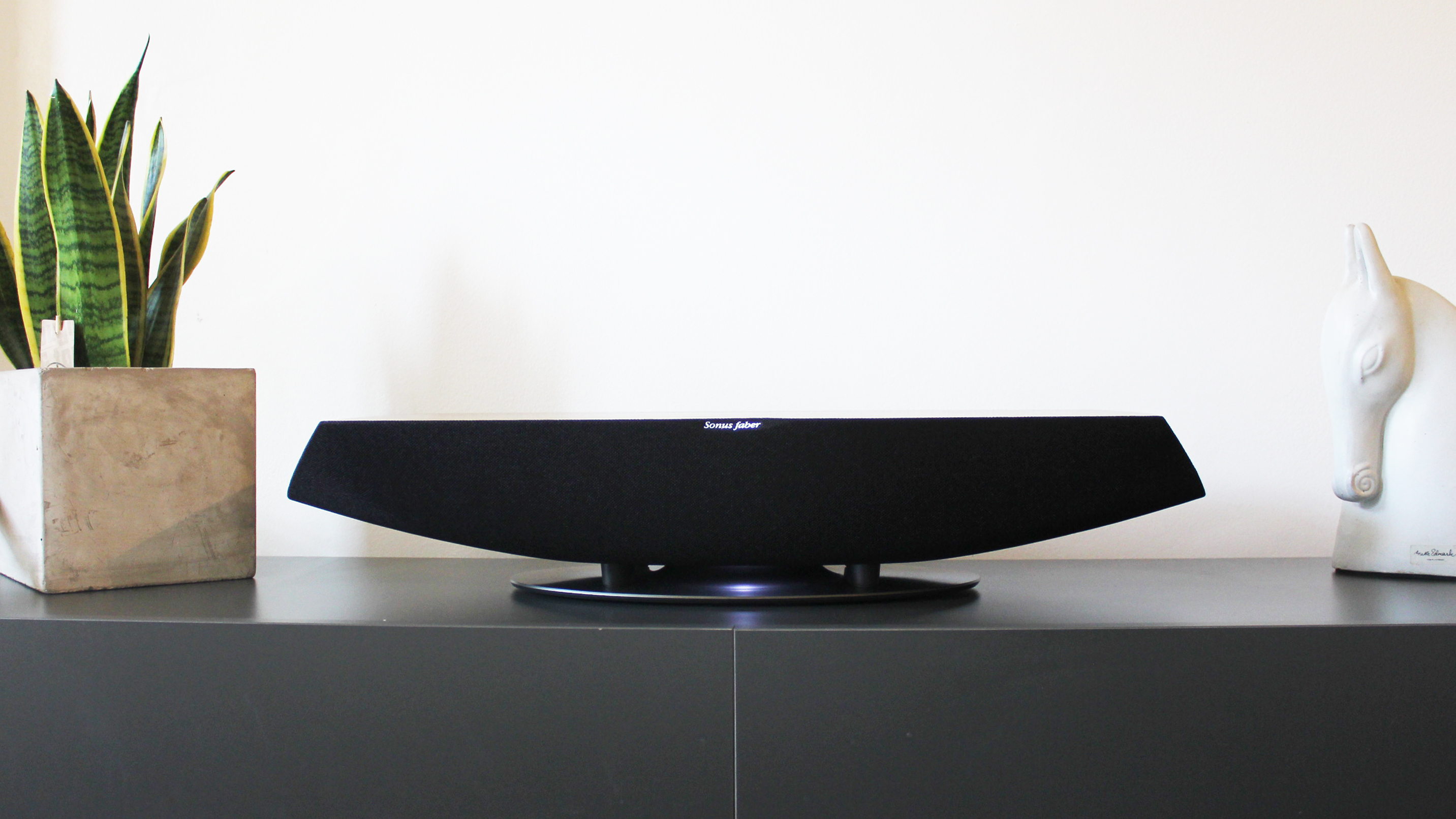
Sonus Faber Omnia price and release date
- Available now
- $1,999 / £1,599 / AU$3,495
The Sonus Faber Omnia was released on February 22, 2022, and is available to buy for $1,999 / £1,599 / AU$3,495, making it more expensive than most wireless speakers on the market.
However, that cost is in line with the company’s prices across its range of luxury speakers – and, as an all-in-one system, you’re getting a greater number of connectivity options than most cheaper wireless speakers can offer.
There’s no getting away from the fact that the Sonus Faber Omnia is very expensive indeed – but this is reflected in its build quality.
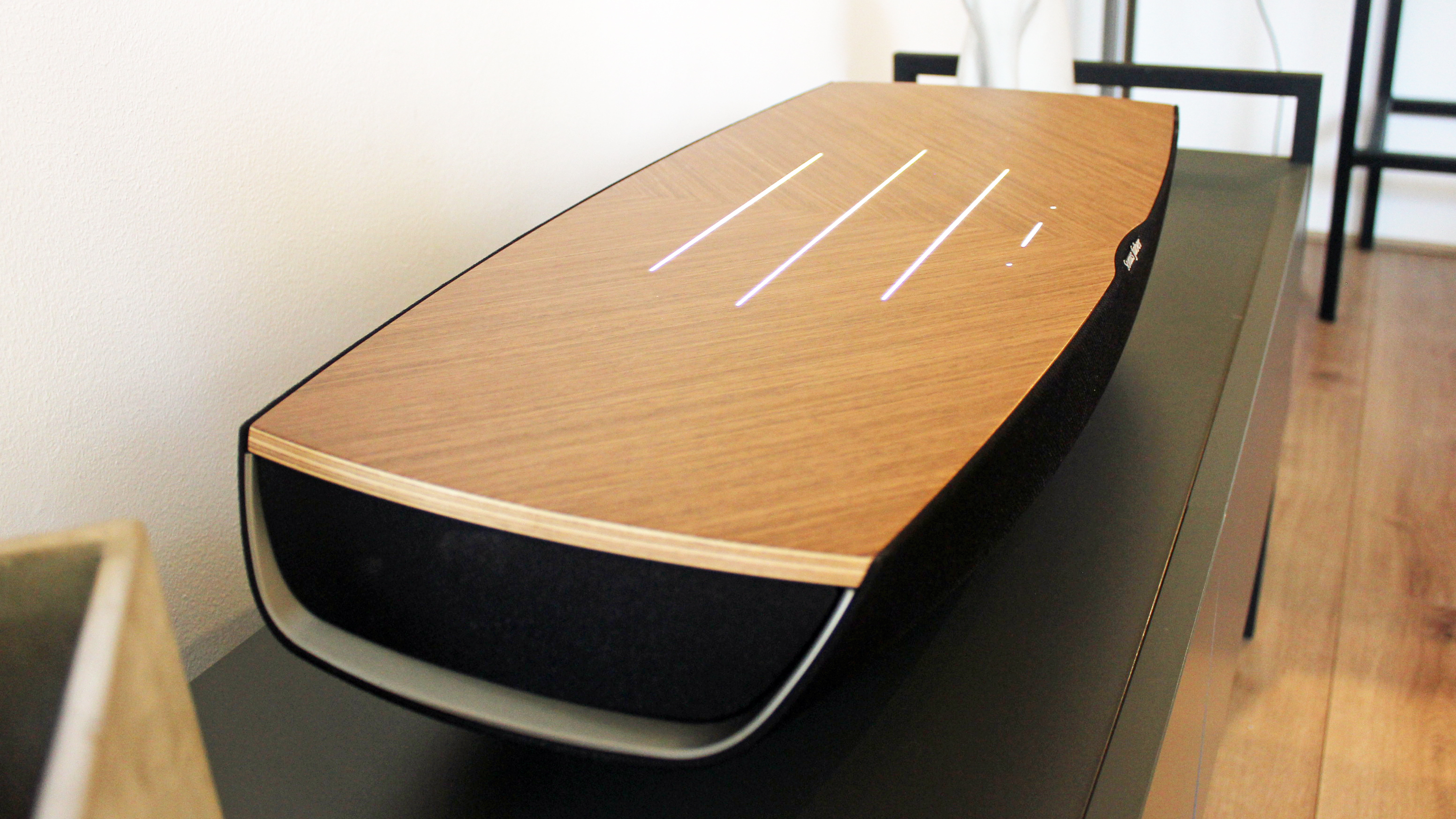
Design and connectivity
- Wooden top panel
- Touch-sensitive controls
- Built-in streaming support
You expect a degree of luxury with a speaker at this price, and luxury is exactly what you get from the Sonus Faber Omnia.
The main body of the crescent-shaped speaker sits on four small legs on a thin stand, and like all of the company’s speakers, the Omnia makes use of lacquered wood for an attractive, stylish finish.
The wooden top panel, which comes in walnut and graphite colorways, features cut-out LED strips that light up as you interact with the speaker. Different colors indicate the mode it’s in, which streaming service is in use, and which input is selected. The bottom of the speaker also lights up, beaming light onto the bottom stand for an attractive effect.
The top panel is touch-sensitive, allowing you to power the speaker on and off, as well as adjust the volume of your music. A remote control, which feels weighty and well built, accompanies the speaker, offering more options to control your music playback and switch between audio sources. Alternatively, you can use your smartphone to control your content.
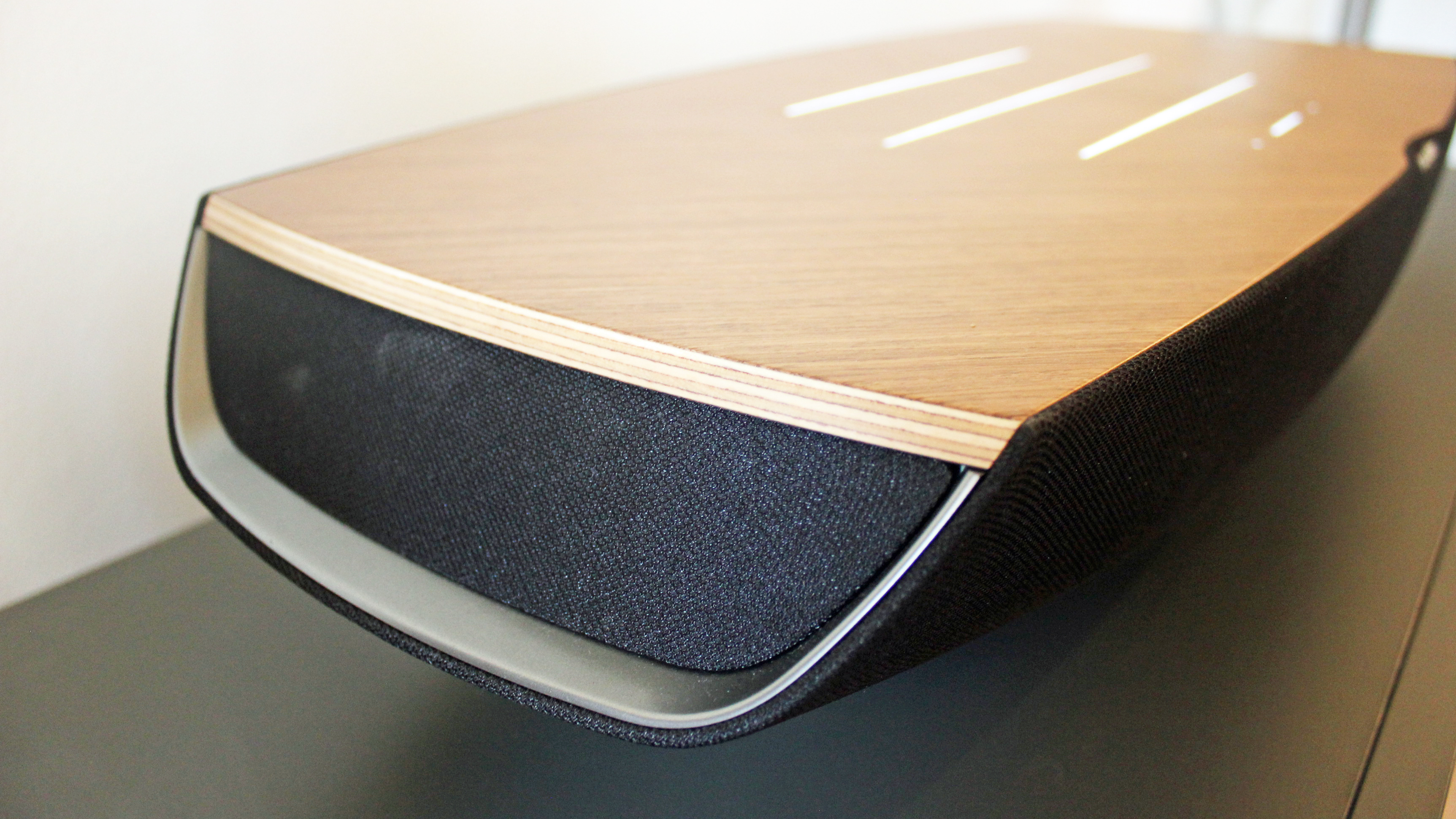
Around the back of the speaker sits a power port, a switchable phone/line input so you can connect it to a turntable or other analog device, HDMI Arc input, and an Ethernet port. As such, you can use the Omnia in place of a soundbar, although its wide footprint may prohibit you from placing it in front of your TV on a stand. Other connectivity options include built-in streaming support for AirPlay, Chromecast, Spotify, Roon, and Tidal.
While there isn’t a specific app to use with the Omnia, there is a web-based setup page that allows you to select different room placements for the speaker to ensure optimal sound, and adjust the EQ settings.
Otherwise, you can control the speaker via your smartphone. If you’re on an iOS device you’ll need the Home app to connect the Omnia to your Wi-Fi, while Android users can do this with the Google Home app.
Setting up the Omnia is therefore very easy – simply follow the instructions in the app of your choice, or use a wired Ethernet connection.
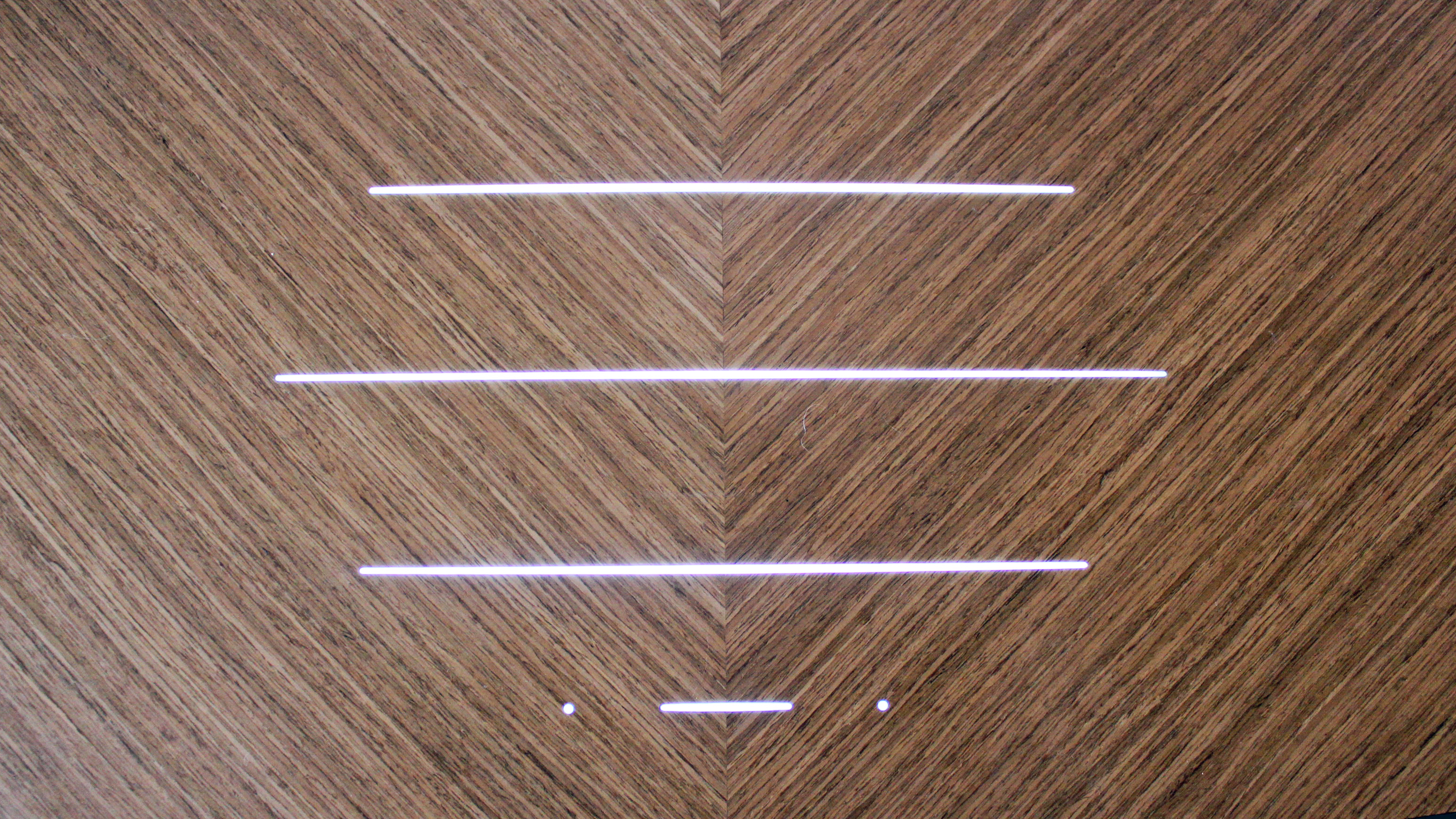
Audio performance
- Four-way closed-box system
- Remarkably wide soundstage
- Excels with vocals
The Sonus Faber Omnia comprises a four-way closed-box system with seven drivers powered by a 490W amplifier.
Behind the front grille are two 0.75-inch silk dome tweeters with neodymium motor systems, and two three-inch paper pulp cone mid-range drivers. Handling the bass is a 6.5-inch, long-throw down-firing aluminum cone woofer. Each side of the speaker features a 1.75-inch wide-range driver.
Using a new advanced signal-processing technology that’s designed to mimic a live performance by reflecting sound off your walls, the speaker boasts a remarkably wide soundstage and room-filling audio performance. The Omnia reaches high volumes without succumbing to distortion; this is a powerful speaker that can soundtrack a party just as well as it can act as your TV’s main speaker in place of a soundbar.
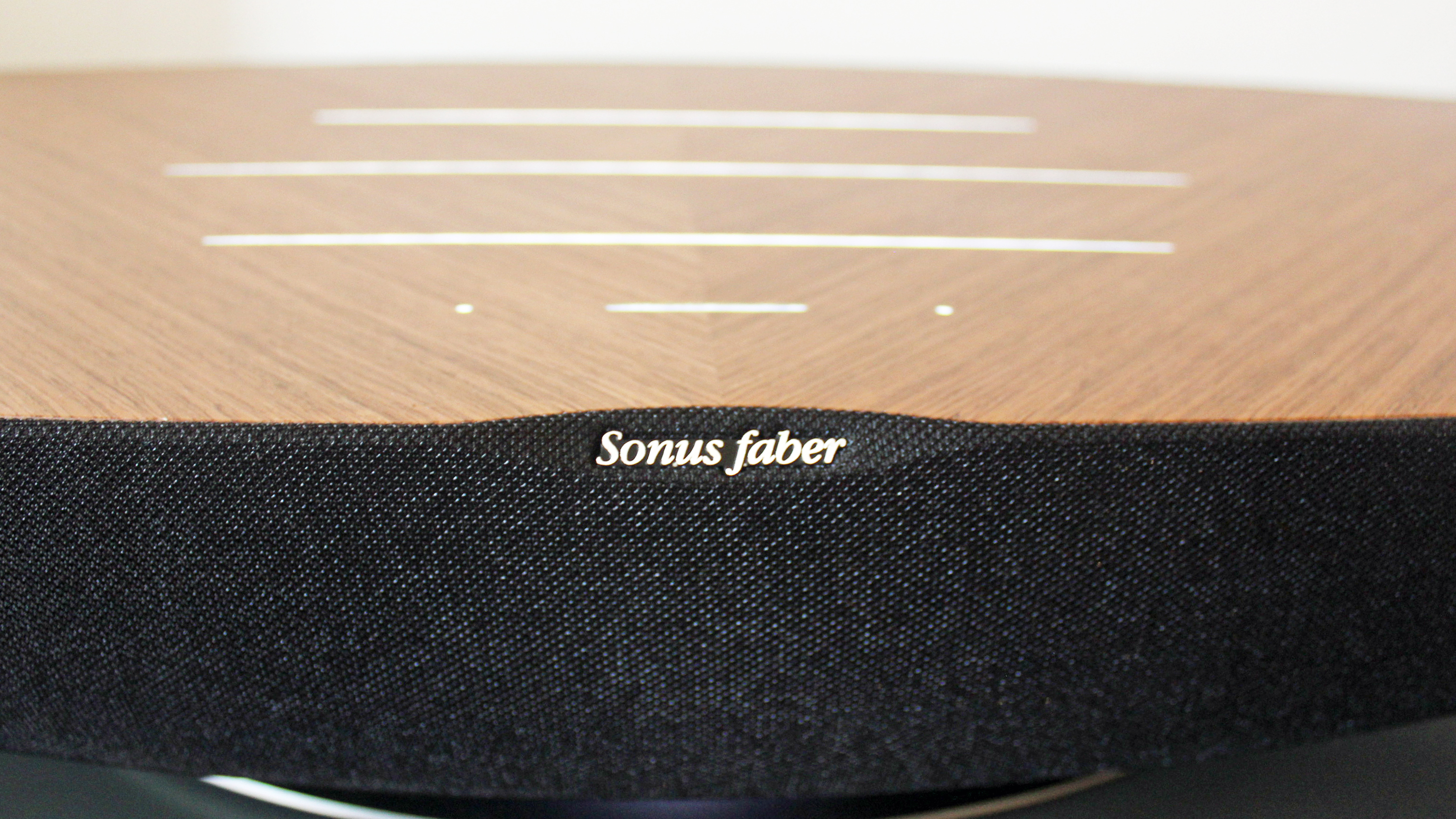
Using AirPlay 2, we listened to The Beatles’ Something on Apple Music. The Omnia revealed new details in the track that we hadn’t noticed before, such as dissonant harmonies in the vocal line. Drum fills sounded bombastic and emotive, as strings swept romantically through the mix. McCartney’s vocal sounded clear, while electric guitar lines came through with a sweet, trebley tone.
Moving onto George Harrison’s My Sweet Lord, the natural warmth of the acoustic guitar shined, showcasing how well Sonus Faber speakers handle mid-frequency sounds.
Wanting to see how the speaker fared with classical music, we stuck on a lossless stream of Saint-Saëns’ Danse Macabre. This displayed the Omnia’s wide soundstage and dynamic range. Waltzing brass and flutes had plenty of rhythmic accuracy, while attacking xylophone evoked the rattling bones of dancing skeletons.
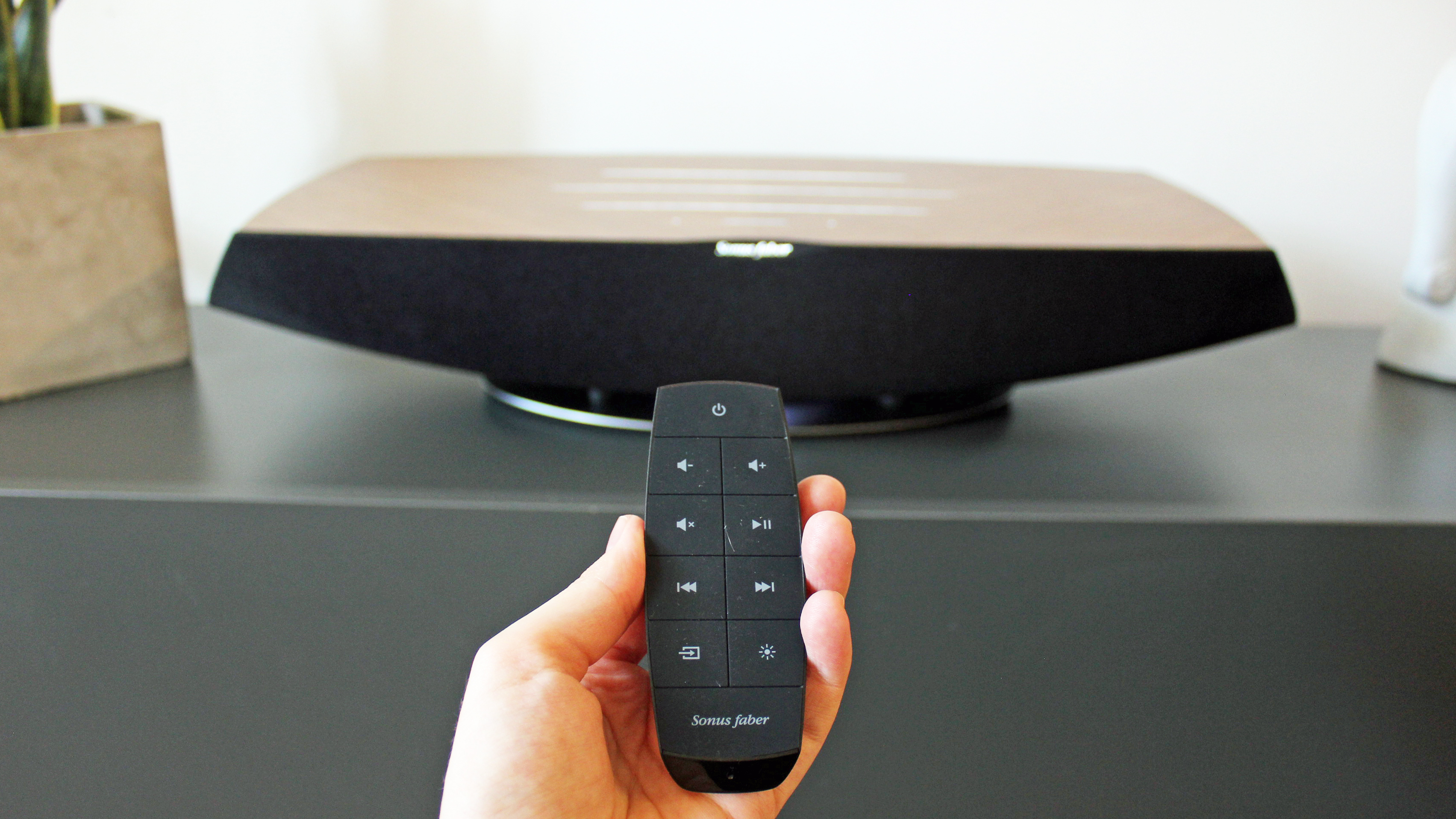
Where the Sonus Faber Omnia really shines is in its presentation of close-mic vocals. In Eva Cassidy’s rendition of What A Wonderful World, the raspiness of her voice comes across with exquisite detail. The mellow sound of the guitar and piano can be picked out as individual instruments, despite occupying the same frequency range.
The Omnia is by no means as sonically impressive as Sonus Faber’s largest speakers, such as the $15,000 / £14,500 / AU$26,995 Maxima Amator, particularly in terms of detail – but the power and clarity this speaker exudes for its size is remarkable.
Should I buy the Sonus Faber Omnia?
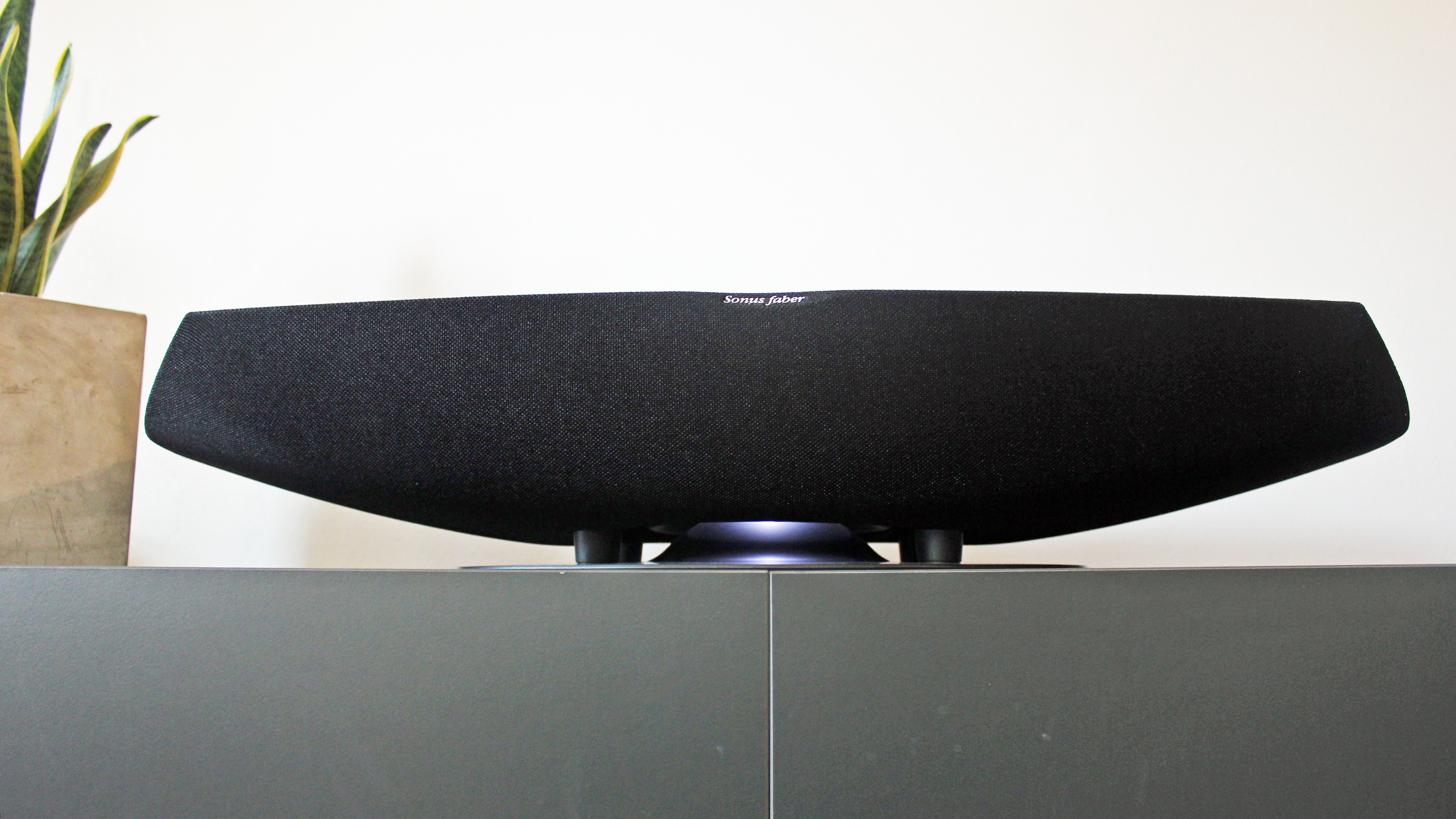
Buy it if...
You want exemplary audio
The Sonus Faber Omnia offers fantastic audio performance for its size, revealing new detail in your favorite songs.
You dislike cables
You have the option to go fully wireless with this speaker, making it an attractive proposition for audiophiles who want an uncomplicated setup.
You don’t have the space for stereo speakers
As an all-in-one system, the Omnia will take up less floor space than a pair of stereo towers.
Don't buy it if...
You’re on a budget
There’s no getting away from the fact that the Omnia is very, very expensive.
You want a true stereo system
The Omnia does have a wide soundstage, but you’ll get more convincing left/right separation with dedicated stereo speakers.
You’re short on space
It may be more space-saving than a pair of big stereo speakers, but the Omnia still has a large footprint.
- Read our guide to the best wireless speakers you can buy today
from TechRadar - All the latest technology news https://ift.tt/bCH0cA8

No comments:
Post a Comment